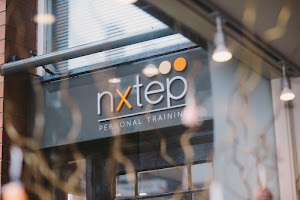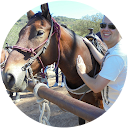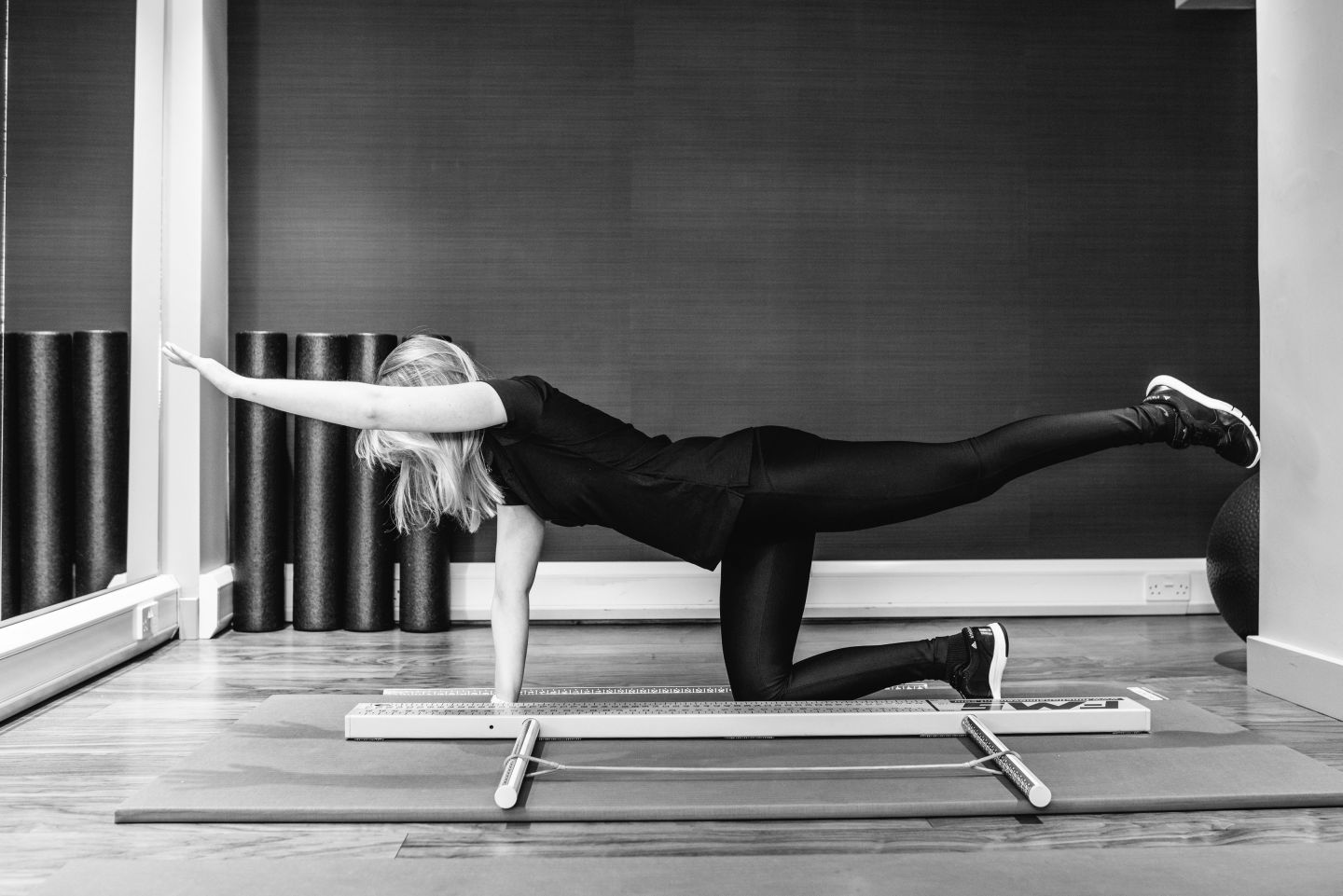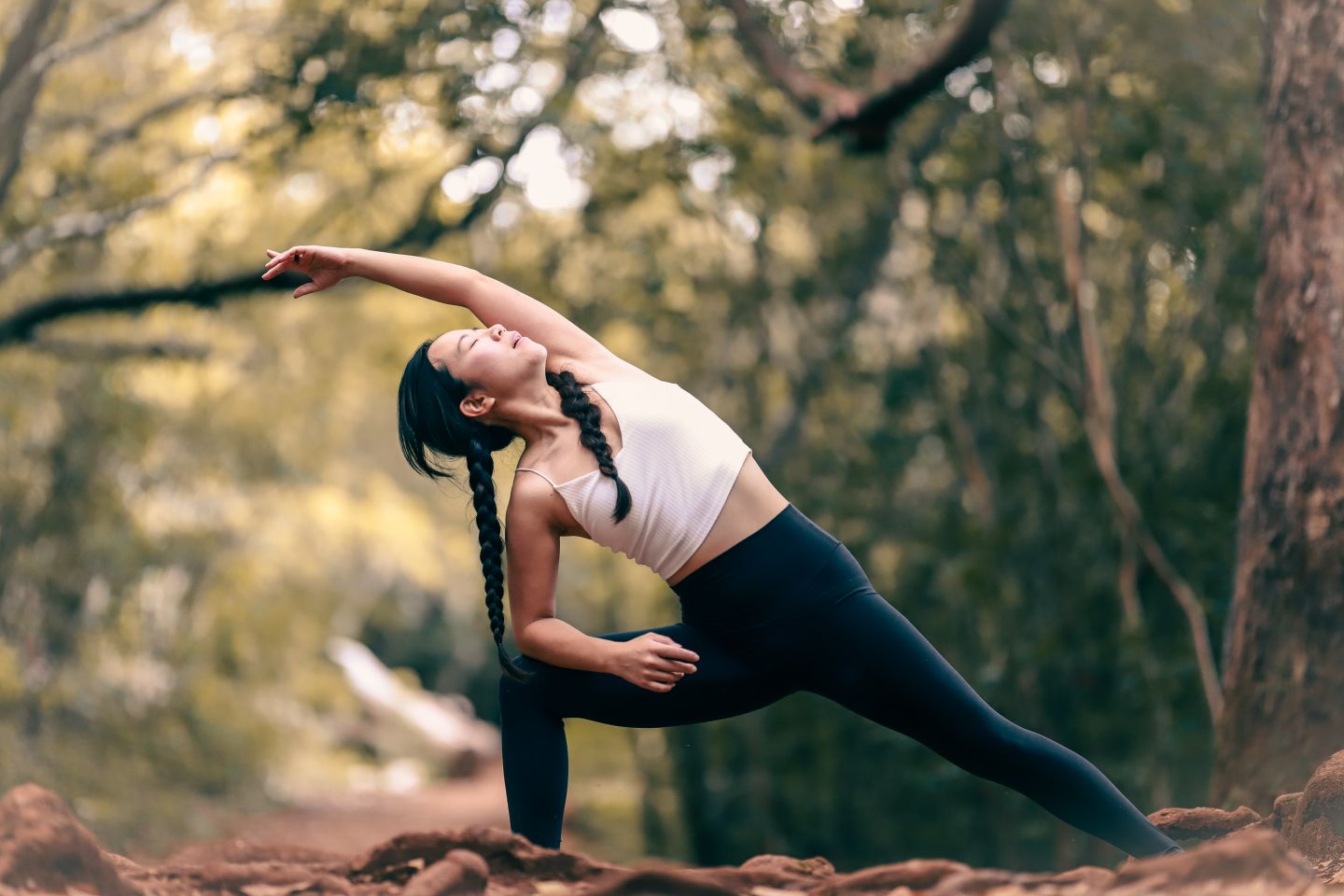Why Is Flexibility Training Important?
Flexibility training is important for people of all ages because it helps to maintain good joint range of motion (JROM), which can help reduce the risk of injury. In addition, flexibility training can also help to improve overall circulation, relax the muscles, and relieve stress and tension in the body.
Flexibility Training Methods
There are generally two types of flexibility training methods: static and dynamic. Static flexibility exercises involve holding a position for a certain amount of time, while dynamic flexibility exercises involve moving through different ranges of motion. It is important to choose an appropriate type of flexibility exercise for your own individual needs and goals. For example, someone who wants to improve their posture may benefit from static stretching exercises, while someone who wants to reduce pain or inflammation may benefit more from dynamic stretching exercises.
Flexibility Training Benefits
Flexibility training can improve your overall physical health. It can help you to be more mobile, less prone to injuries, have a stronger spine and better posture. Additionally, on the mental health side, as with many types of exercise, flexibility training can help you to better manage stress and anxiety. Flexibility training can also reduce the risk of chronic pain, arthritis, and other conditions, in addition to increasing your energy levels and mood.
There are many benefits to flexibility training, including:
1. Improved joint range of motion
2. Increased agility and balance
3. Reduced risk of injury
4. Better posture and alignment
5. Improved sleep quality
6. Improved mood and well-being
7. Increased energy levels
8. Enhanced self-confidence
9. Weight loss benefits
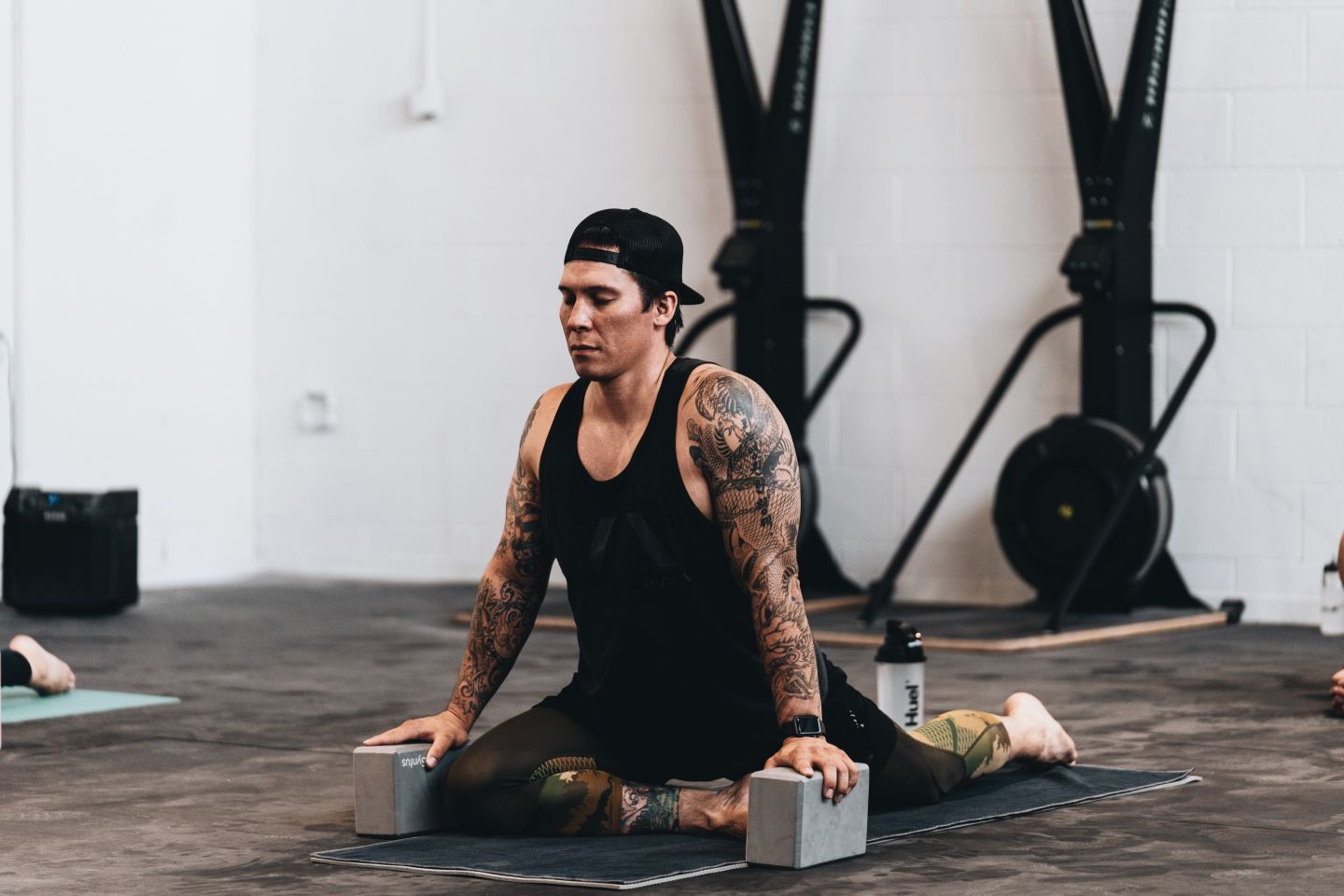
What Type Of Training Is Best For Flexibility?
There is no one type of training that is universally effective for everyone. Instead, different types of flexibility training are better suited for different individuals. The most effective type of flexibility training depends on the person’s fitness level, age, and other physical abilities.
Some people prefer static stretching exercises that involve holding a stretch for a specified amount of time. Other people may prefer dynamic stretching exercises, which involve moving the body through a series of stretches while maintaining tension. There are also yoga-based flexibility exercises that can be used to increase range of motion in various joints.
The most important thing to remember when trying out different mobility workout routines is to listen to your body and keep an open mind about what might work best for you.
As part of your in-person consultation and initiation at the gym, your personal trainer will examine your range of movement and discuss any existing or historical injuries or illnesses with you. They will then create a bespoke personal training programme created especially for you and your body, to improve your mobility without pushing you too far and risking injury or aggravating past injuries.
What Kinds of Flexibility Equipment Are There?
There are many different types of flexible equipment available on the market today, so it is important to choose one that will provide you with the best results. Some popular options include foam rollers, stretching bands and resistance bands to more sophisticated equipment like the TRX system. Each has its own benefits and drawbacks, so it’s important to find the right tool for your needs. Some common types of flexibility equipment include:
Stretching bands
These are simple devices made from elastic material that you can use to stretch your muscles. They’re easy to use and can be stored away easily, making them a good option if you want to keep your training portable.
TRX systems
This type of equipment is designed specifically for flexibility training. It consists of a series of straps that hang from the ceiling or walls and can be used to stretch various muscle groups in your body. The straps are very versatile and can be adjusted to create a wide range of motion.
Plyometrics
This type of training involves jump exercises that help improve flexibility and explosiveness in the muscles throughout your body. Plyometrics also increase strength and stamina, which makes them an ideal addition to any mobility workout routine.
How To Do A Flexibility Training Session
Flexibility training is a great way to improve your range of motion and reduce your risk of injury. By signing up to a bespoke personal training programme at Nxtep, you will be guided through every flexibility training session by a highly trained and extremely experienced professional personal trainer, who will have created a routine especially for you and your body to help you avoid injury and help you to build your flexibility limits safely over time.
However, you can also supplement this with training at home. To get the most from your home training, make sure to follow these tips:
- Be sure to warm up your muscles before beginning the session. This will help them to become more flexible and reduce the likelihood of injury.
- Be patient. It may take some time to see significant improvement in your flexibility, but with consistent effort, you’ll eventually reach your goals.
- Remember to breathe! Most people are concentrating so much on the technical aspects of the exercise that they forget the simple act of breathing regularly.
- Never force your body into positions it’s not comfortable in. If something hurts, don’t do it! Take a break and come back later when you’re feeling more flexible. Stretching is supposed to feel uncomfortable at first, but it should eventually become more and more comfortable over time as you stretch further and further. If it doesn’t, make sure that you’re doing the stretches correctly and consult your trainer if you are unsure.
- If you experience pain during or after exercises, stop and consult with a doctor and/or your personal trainer before continuing.
Flexibility training is a great way to improve your range of motion and decrease the amount of pain you experience. Make sure to do a session every week to see the most benefits.
But the best way to get the most out of flexibility training is to start a personal training programme specifically designed to aid and improve flexibility and mobility. Our flexibility training sessions usually last about 2 hours, and you should expect to do between 10 and 15 repetitions of each stretch.
To start, your personal trainer will help you get into a comfortable position. You’ll then do the stretch for the target muscle group, holding the stretch for 30 seconds before moving on to the next stretch. You’ll continue doing this until all of the stretches in the session have been done.
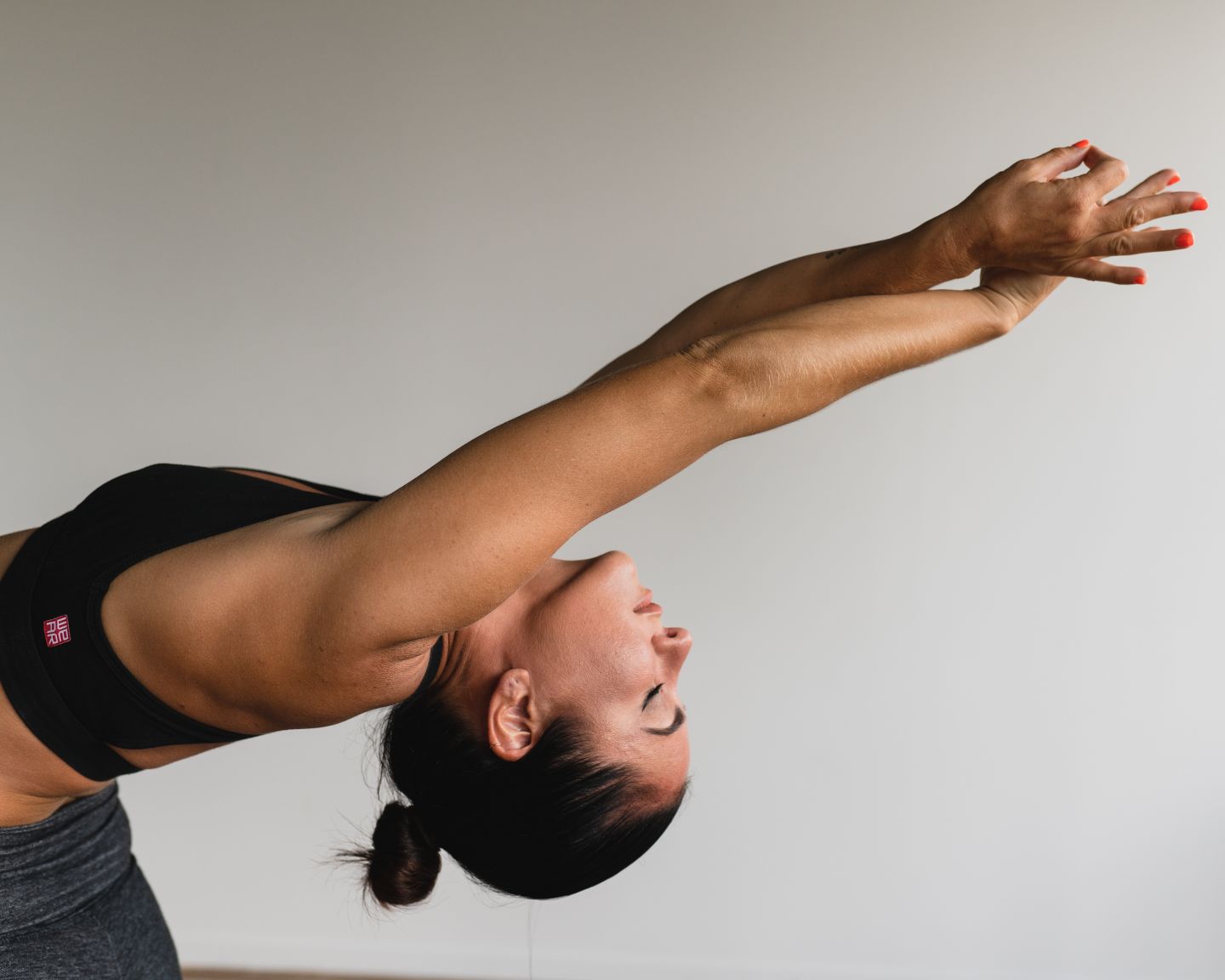
15 Great Flexibility Training Exercises
Reclining Stretch
- Start on your back with bent knees and flat feet.
- Cross right foot over left thigh and bring legs to torso.
- Don’t overwork it – allow gravity to pull the legs in to deepen the stretch.
- Reverse and repeat.
Forward Lunges
- Get down on your left knee and bring your right leg forward so that it forms a right angle.
- Lunge forward while maintaining a straight back position. It should feel like there is a stretch on the left side of the groin.
- Keep holding for the next five seconds.
- Perform the action three to six more times.
- Perform the exercise on the other leg.
Standing Quad Stretch
- Maintain your balance by leaning against a chair or wall while you do so.
- Bring the foot around to the buttocks by pulling it. Make an effort to keep your knees together.
- Keep holding for the next five seconds.
- Perform the action three to six more times.
Standing Hamstring Stretch
- Stand tall, feet hip-width apart, knees slightly bent, and arms by your sides.
- Exhale as you bend forward at the hips, lowering your head toward the floor while maintaining a relaxed head, neck, and shoulders.
- Wrap your arms around the backs of your legs and hold from one to two minutes.
- When you’re finished, bend your knees and roll up.
Lunge With Spinal Twist
- Feet together to start.
- Stagger your stance by advancing your left foot.
- Bend your left knee and lunge, keeping your right leg straight behind you with your toes on the ground.
- Twist your upper body to the left while extending your left arm to the ceiling.
- Hold for 30 seconds.
- Reverse and repeat
Frog Stretch
- Begin on all fours.
- Spread your knees wider than shoulder width.
- Turn your toes out and place your inner feet flat on the floor.
- Reposition your hips toward your heels.
- If possible, move from your hands to your forearms for a deeper stretch.
- Hold for for 30 seconds to 2 minutes.
Lying Pectoral Stretch
- Lie on your stomach with both arms stretched out to the sides, forming a T shape with your body.
- Push up from the ground with your left hand and bend your left knee for balance. This should be felt in your pectoral muscles on the right side.
- You’ll be able to stretch and roll your body further as your mobility improves.
- Repeat on the opposite side.
Cross-Over
- Get into a cross-legged stance while standing with the feet relatively close together and the legs completely straight.
- Attempt to touch your toes.
- Keep holding for the next five seconds.
- Perform the action three to six more times.
- Repeat the process with the other leg.
Glute Bridge Stretch
- Lie down on your back with your knees bent and your feet about hip-width apart on the floor.
- To help flatten your back and avoid overstretching, gently tighten your stomach muscles.
- Then, as you push your hips up toward the ceiling, tighten your glute muscles.
- Hold for a few seconds and then do it again.
Standing Hip Flexor Stretch
- Bring your left foot forward and your right foot back to form a split stance.
- Drop your back knee and tailbone an inch closer to the floor, and tuck your pelvis forward slightly.
- Maintain a neutral spine. Make sure your back isn’t arched or rounded.
- Hold for a moment before repeating on the other side.
Chest and Shoulder Stretch
- Either sit or stand – you can do this in either position.
- Put your hands behind your head and interlace your fingers with bent elbows.
- Squeeze your shoulder blades together and gently move your elbows backward.
- To affect different parts of your shoulders and chest, move your hands to the top of your head (or a few inches above your head).
Pretzel Stretch
- Place your head on your arm while lying on your left side.
- Bend your right knee and hip as far as you can toward your chest, then release it to the ground.
- Bend your left knee and use your right hand to reach for your left foot (or a strap if you can’t reach it).
- As you lower your top shoulder blade to the floor, keep your leg and torso in a straight line.
- Turn your head to look over your right shoulder for a stronger spinal twist.
Seat Straddle Lotus Stretch
- Sit down with the soles of your feet together and your knees pointing toward the floor.
- Push the knees toward the ground with the forearms on the inside of the knees.
- Lean forward from your hips.
- Hold the position for five seconds.
- Repeat the process three to six times more.
Butterfly Stretch
- Sit on the ground or on a mat with your feet together and your knees bent to opposing sides.
- Hold your feet with a straight spine
- Then slowly lean forward and gently press your thighs downwards with your elbows until you feel a stretch along your inner thighs.
- Hold the position for 15 to 30 seconds.
Cobra
- Lie down on your stomach with your hands flat on the floor, exactly under your shoulders.
- Point your toes and stretch your legs behind you.
- Lift your chest and drive your hips into the floor as you exhale.
- Take cautious not to raise your hips by extending your arms too much.
- For 15 to 30 seconds, stay in this posture.
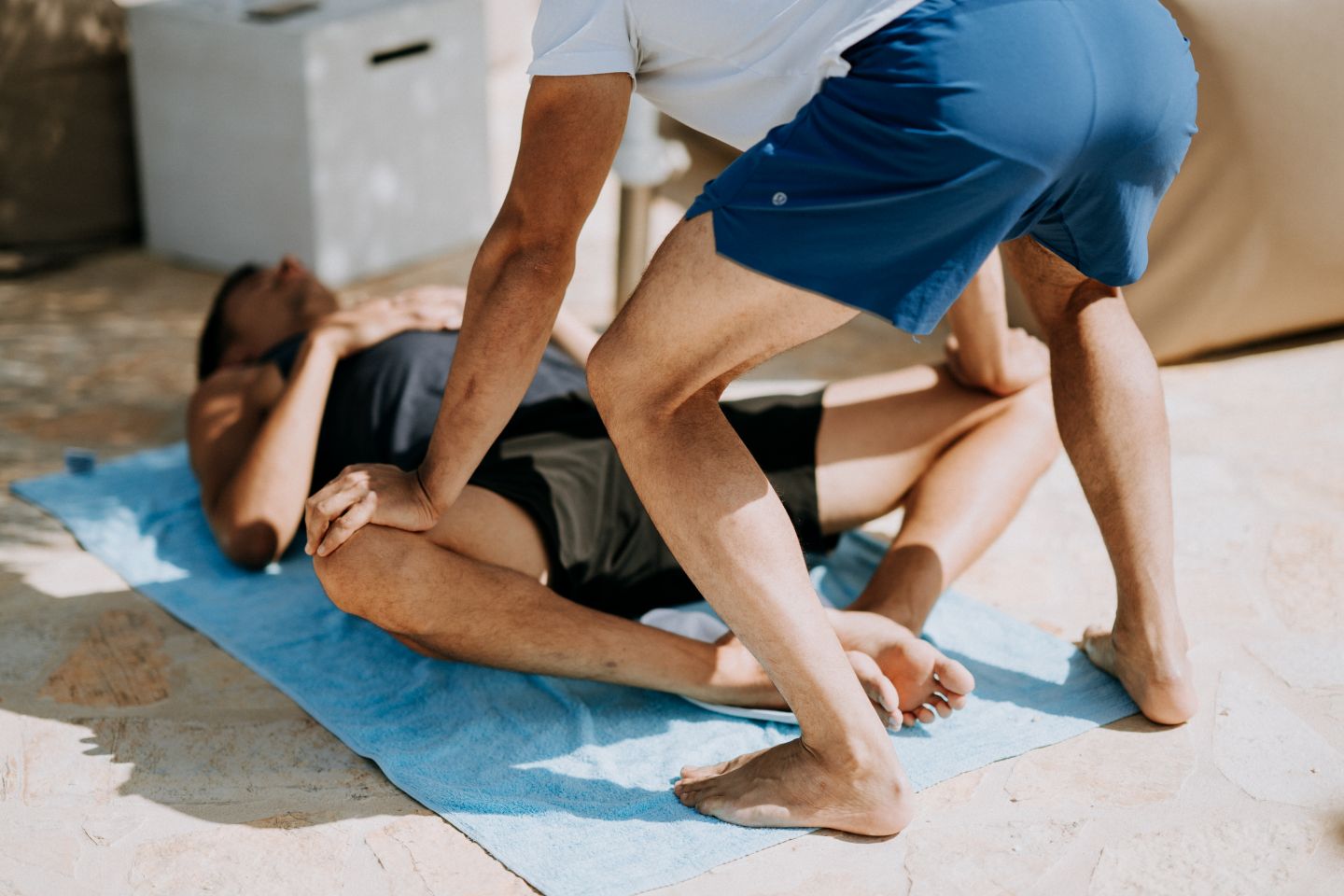
FAQs
How can flexibility training reduce the risk of back pain?
Flexibility training can help to reduce the risk of back pain by improving the strength in your core and back muscles. This can help to relieve pressure on your spine, which can reduce the risk of back pain. Flexibility training can also help you to move more easily and effectively. This can reduce the amount of stress placed on your back, which can reduce the risk of back pain.
Does weight training increase flexibility?
Yes, there is evidence to suggest that weight training can increase flexibility, which can be improved through weight training by increasing muscle strength and size, which in turn will make it easier for the individual to move their joints through a wider range of motion.
Why can’t I touch my toes when I stretch?
When you stretch, your muscles lengthen and become more flexible. However, not everyone can touch their toes when they stretch because their calf muscles are too tight. To increase your flexibility, you can try to do stretches that target the calf muscles without stretching the toes. For example, you can lie on your back with your feet flat on the ground and lift one knee towards your chest. Or you can do a Standing Calf Raise by placing one foot in front of the other and lifting them towards your bottom.
Why are my legs not flexible?
There are many reasons why someone’s legs may not be as flexible as they would like them to be. The most common reason though is that the muscle tissue in the legs is thick and bulky. This can make it difficult for the muscles to stretch properly, which can lead to stiffness and reduced range of motion. However, there are a number of exercises that can help to improve flexibility in the legs. Dedicated flexibility personal training programmes will include stretching exercises targeted at the calves and hamstring muscles, and other forms of exercise such as Pilates and yoga are all good ways to increase range of motion and reduce stiffness.
Why are my hips so inflexible?
There are a few possible causes for inflexibility in the hips, including genetics and previous injury. Muscle imbalances can also lead to hip inflexibility, as can tightness or imbalance in the surrounding muscles and ligaments. Flexibility training can help to improve hip mobility and range of motion.
Does drinking water help with flexibility?
Yes, drinking water can definitely increase flexibility. Drinking water may enhance flexibility by hydrating soft tissues such as fascia and muscles, as well as joint cartilage. Dehydration causes the fascia to tighten, decreasing the muscle’s capacity to move and contract. Dehydrated cartilage also loses its lubricating ability, resulting in decreased flexibility and range of motion.
Can you become flexible at any age?
Yes, there is no age restriction on becoming more flexible, as long as you are willing to put in the effort. Flexibility training can be done at any time, but it is especially beneficial for people who suffer from joint pain or stiffness. The key to successful flexibility training is gradual and consistent progress. If you are new to flexibility exercises, start with simple stretches and work your way up to more challenging exercises.
Which foods increase flexibility?
There is no one-size-fits-all answer to this question, as the foods that increase flexibility will vary depending on the person’s age, muscle mass, and other physical characteristics. However, some popular foods that have been shown to increase flexibility include: legumes (such as beans and lentils), seeds (such as poppy seed and sunflower seeds), vegetables (such as cucumbers, squash, and carrots), fruits (especially berries), water, and yoga.
Which vitamin is good for flexibility?
There is no one-size-fits-all response to this query since the ideal vitamin for flexibility varies according to age, exercise level, and other health concerns. Some experts, however, propose adding certain vitamins and minerals into a person’s diet in order to increase flexibility. Magnesium, copper, zinc, and omega-3 fatty acids are examples of these nutrients. Several B vitamins may improve muscular flexibility and may lower the incidence of osteoarthritis. Vitamin B Complex, as a whole, is required for the creation of serotonin and other neurotransmitters. These hormones aid in the prevention of depression and are responsible for converting food into the energy required to power your workout.
